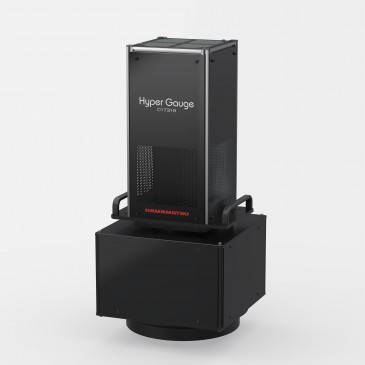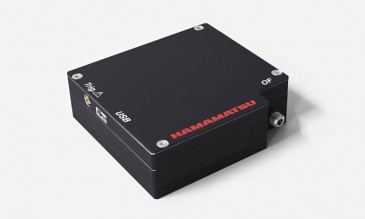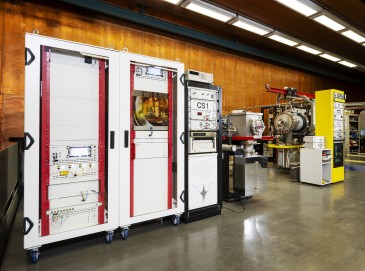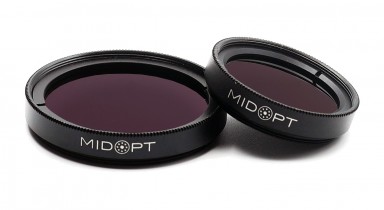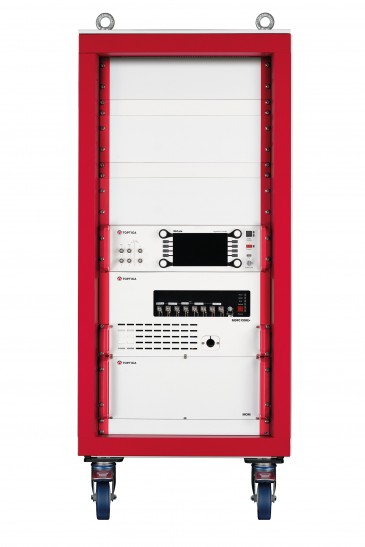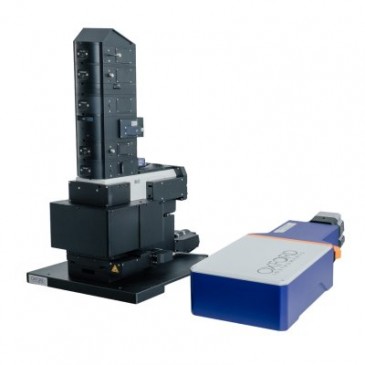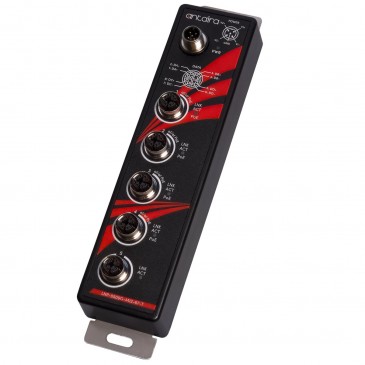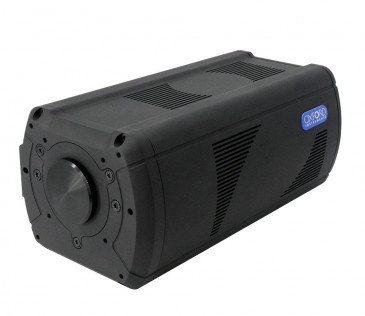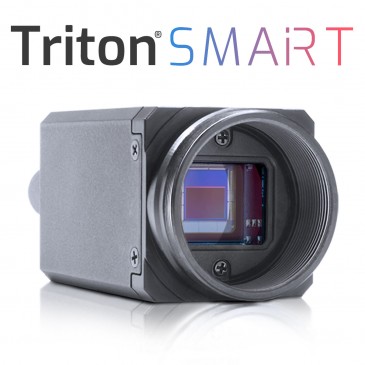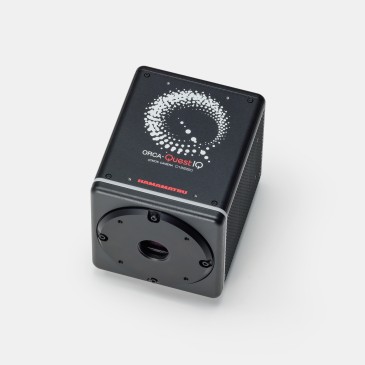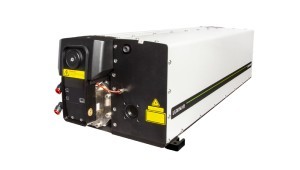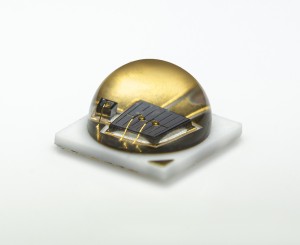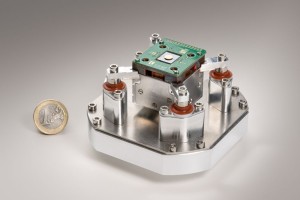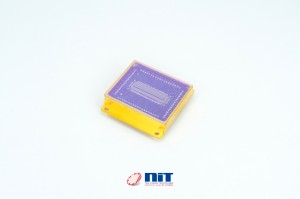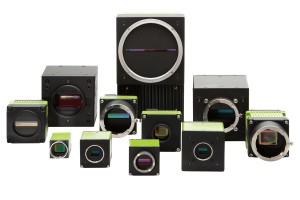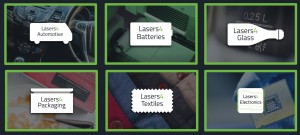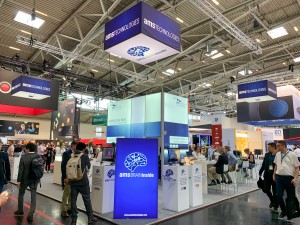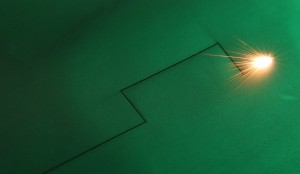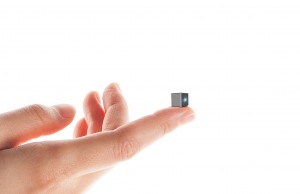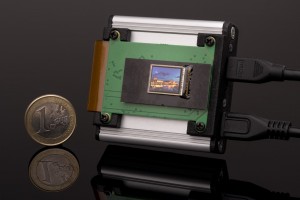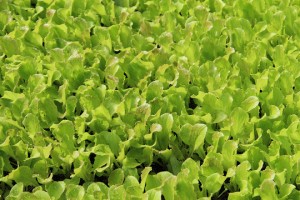
The Coretec Group is a silicon material developer that is introducing materials to create next-generation quantum dots for LEDs, which have benefits for use in technical agriculture. The advantage of quantum dot LEDs in agriculture is that they provide a higher power without heat, and they also allow you to use very specific light spectra for the benefit of the plants.
What sets the company’s approach apart is that Coretec is using its liquid silicon technology in manufacturing the quantum dot LEDs. CHS (cyclohexasilane, Si6H12) is the liquid that, when exposed to heat converts to polysilane, then to amorphous silicon and finally to crystalline silicon. This liquid offers loads of opportunities for silicon-containing electronic materials, including quantum dot LEDs.
Michael Kraft, CEO Coretec, emphasized the applicability of quantum dot LEDs in technical agriculture. He said that what is paramount in agricultural lighting is lumens with less heat and the ability to specify the frequency. In the past, the color spectrum of LED’s has been limited by the materials used in LEDs. White light LED’s are further limited by the performance of the underlying blue LED and the phosphors applied over the LED to convert blue, green and red to emulate white. With Coretec's CHS quantum dots, manufacturers will be able to improve the color spectrum for LEDs to include UV-A, UV-B and UV-C, hyper-reds, deep reds, deep blues, etc.
Challenges
According to Kraft, the greatest challenge right now is how to come up with a better chemical process that is cost effective. “You can create crystalline quantum dot, but it doesn’t perform as well,” Kraft said. Amorphous quantum dots are a different story, and right now Coretec is the only company using the CHS method. He said that they plan to get traction first with the CHS process and “see what you get with an amorphous quantum dot.”
Once they get the costs down, liquid silicon amorphous quantum dot LEDs will be cheaper to produce, and they will be appropriate for use in a variety of applications.
Target markets
The target markets at this time are technical agriculture and large facility lighting (such as football stadiums). Because of the tremendous number of quantum dots needed for these applications, it’s imperative to bring down the cost before these full-power LEDs see widespread use.
Written by Anne Fischer, Managing Editor, Novus Light Technologies Today




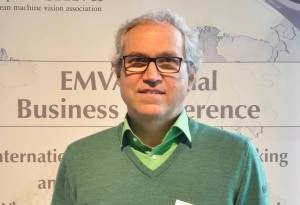
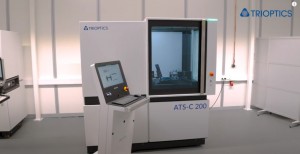
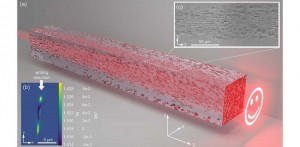
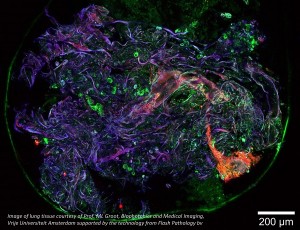

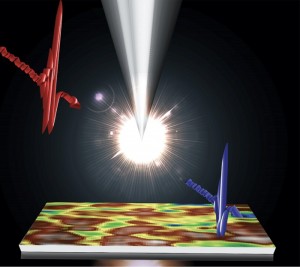

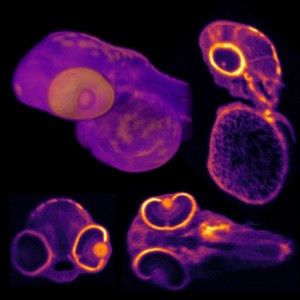

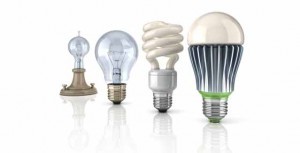
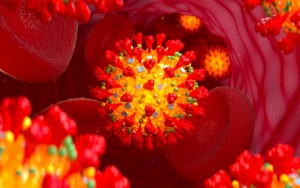
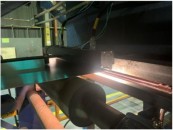

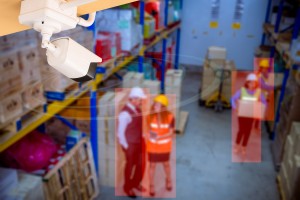
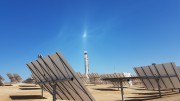


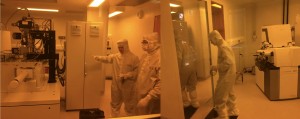
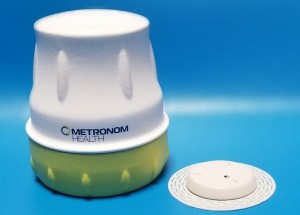


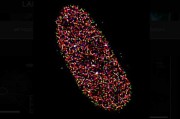
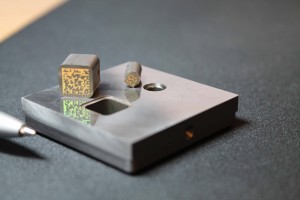
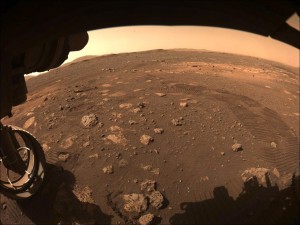
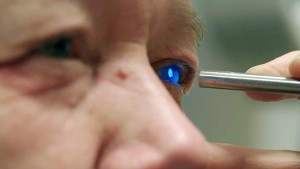
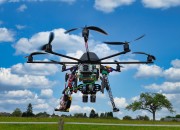

 Back to Features
Back to Features